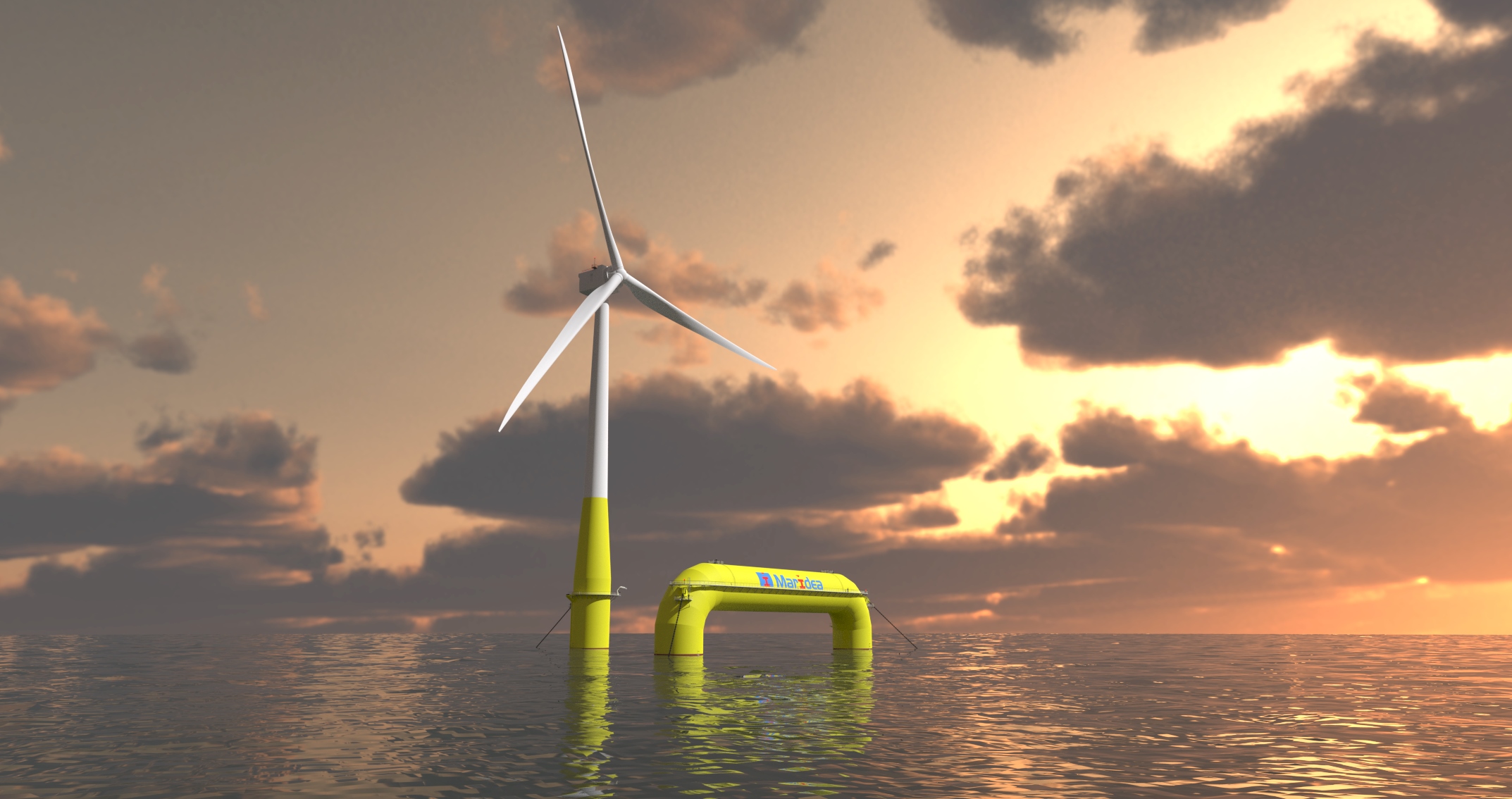
- This event has passed.
KNVTS webinar: Mass production enabled design – The Moray Base
2022-02-16 @ 19:30 - 21:30

Speaker: Christiaan Schuiling, Maridea BV. This lecture will be given in English.
The market potential for floating offshore wind is huge, but only if floating wind is capable of producing at competitive levelised cost of energy (LCOE) in line with alternative green energy sources. Achieving a competitive cost level requires a highly efficient process from production to transport and installation and a high turbine efficiency. Economics of scale must be exploited; the wind turbines will therefore increase in size and the number of installed floating units will be high. This has been the driver of the design of the Moray Base. To reduce LCOE, reduction of the capital expenditure (CAPEX) of the unit is required.
Mass production of the floater and turbine erection is therefore a necessity. Like the bottom fixed monopile, floating foundations should be produced, assembled, and installed in series. The Moray Base is a floating wind foundation suitable for turbines of 15 MW developed by Maridea. For mass production, the Moray Base leans on existing and proven industrialised monopile manufacturing and utilises the inherent mobility of a floating structure during its final assembly like an assembly line in a factory.
In view of mass production, the Moray Base is a most promising design for several reasons:
- Production of the sections is industrialised to a high degree. Traditional shipbuilding processes are avoided. A cost effective “monopile fabrication” process is applied for the bulk of the structure.
- Easily transportable sections by general cargo ships.
- Series-assembly of the sections and turbine erection afloat in a harbour close to the project location with shore-based equipment enabling local content.
- It is highly scalable for future designs of turbines.
- The complete life cycle avoids the use of drydocks, which are expensive, limited in availability and might restrict sizing.
Although most of the steelwork is performed in a dedicated factory, the still large scope of assembly and turbine erection allows for local content.
Besides efficient fabrication, the large diameter and thick-walled tubes deal easily with the turbine loads during severe storms and maximum turbine thrust. The long radius segmented elbows have superior strength and fatigue behaviour compared to the joints of traditional submersibles or truss floaters. This makes the structure less prone to fatigue and hence requires limited inspections and avoids offshore repairs. The corner location of the turbine allows for access with crane vessels for turbine repair and maintenance.
The webinar will be recorded. After the presentation, there will be a half hour for Q&A. To register, please use the link on the KNVTS website agenda.

